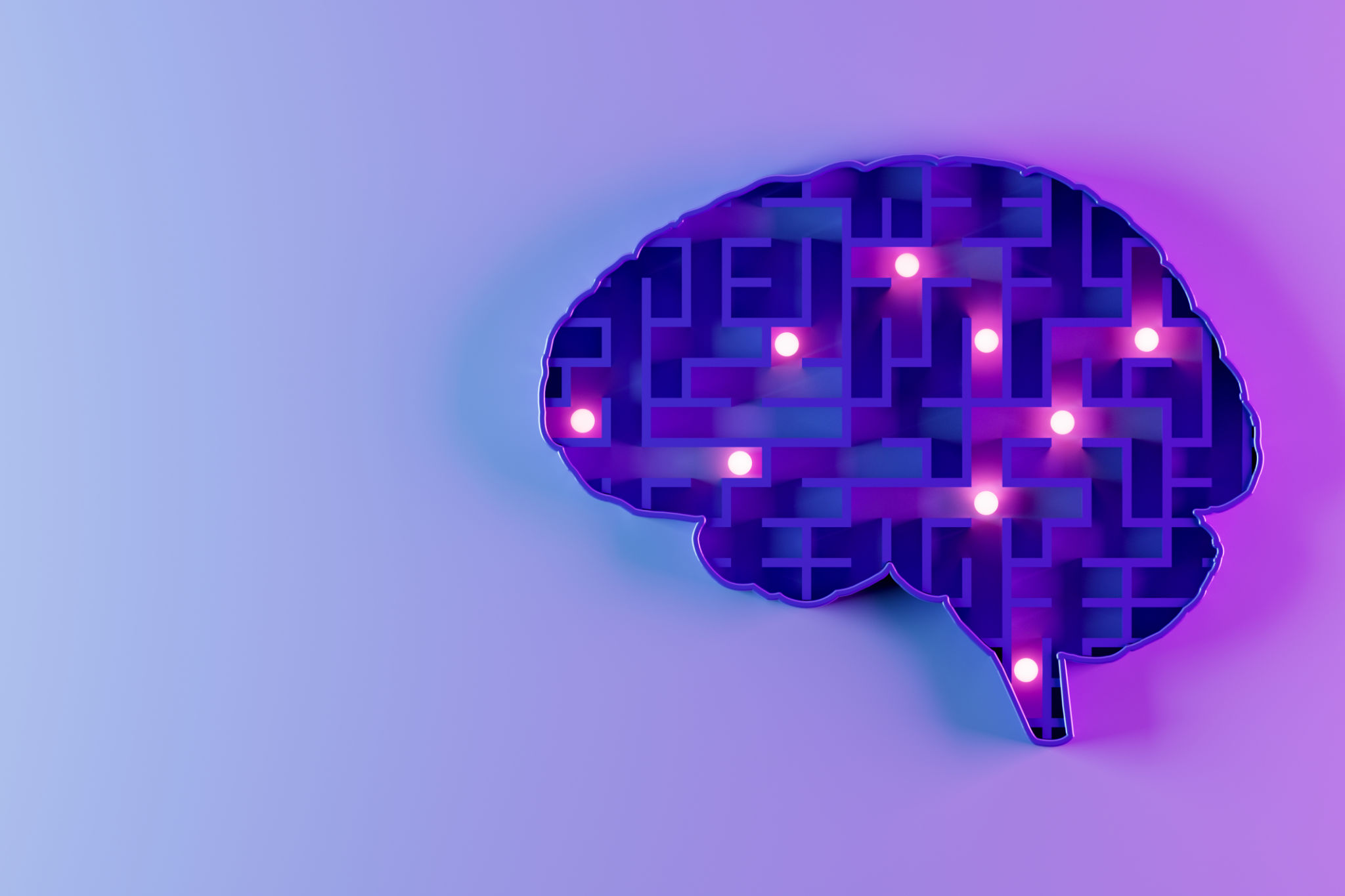Frequently Asked Questions About Deep Learning: Expert Answers
What is Deep Learning?
Deep learning is a subset of machine learning that leverages neural networks with many layers to analyze various levels of data. This advanced technology mimics the human brain's ability to learn from examples, enabling computers to identify patterns and make decisions with minimal human intervention.

How Does Deep Learning Work?
Deep learning models are built using artificial neural networks. These networks consist of multiple layers, each comprising numerous nodes. Each node processes input data, performs computations, and passes the information to the next layer. The combination of these layers allows deep learning models to extract features and identify patterns in complex datasets.
What Are the Applications of Deep Learning?
Deep learning is applied across various industries, revolutionizing how tasks are performed. Some common applications include:
- Image Recognition: Used in facial recognition systems and autonomous vehicles.
- Natural Language Processing (NLP): Powers virtual assistants like Siri and Alexa.
- Healthcare: Assists in diagnosing diseases and predicting patient outcomes.

Getting Started with Deep Learning
What Tools and Frameworks Are Commonly Used?
Several tools and frameworks facilitate deep learning development. Popular choices include TensorFlow, PyTorch, and Keras. These platforms provide pre-built functions and libraries that simplify creating and training deep learning models.
How to Choose the Right Framework?
The choice of framework often depends on the specific requirements of a project. TensorFlow is known for its robust scalability, making it suitable for large-scale projects. PyTorch offers dynamic computation graphs, which are beneficial for research and development, while Keras is favored for its simplicity and ease of use.

Challenges in Deep Learning
What Are Common Challenges Faced?
Despite its capabilities, deep learning poses several challenges:
- Data Requirements: Deep learning models require large amounts of labeled data for training.
- Computational Power: Training these models demands significant computational resources.
- Interpretability: Understanding the decision-making process of deep learning models can be difficult.
How to Overcome These Challenges?
To address these challenges, researchers are developing techniques such as transfer learning, which utilizes pre-trained models to reduce data requirements. Advances in hardware, like GPUs and TPUs, are helping to meet computational demands. Additionally, improving model interpretability remains a vital area of ongoing research.

The Future of Deep Learning
The future of deep learning holds immense potential as technology continues to evolve. With advancements in areas like quantum computing and neuromorphic computing, deep learning applications are expected to become even more powerful and efficient. As more industries embrace this technology, we can anticipate profound impacts on daily life and business operations.
Staying informed about the latest developments in deep learning is crucial for professionals looking to leverage this technology effectively. By understanding the fundamentals, utilizing appropriate tools, and addressing challenges, individuals and organizations can harness the full potential of deep learning.